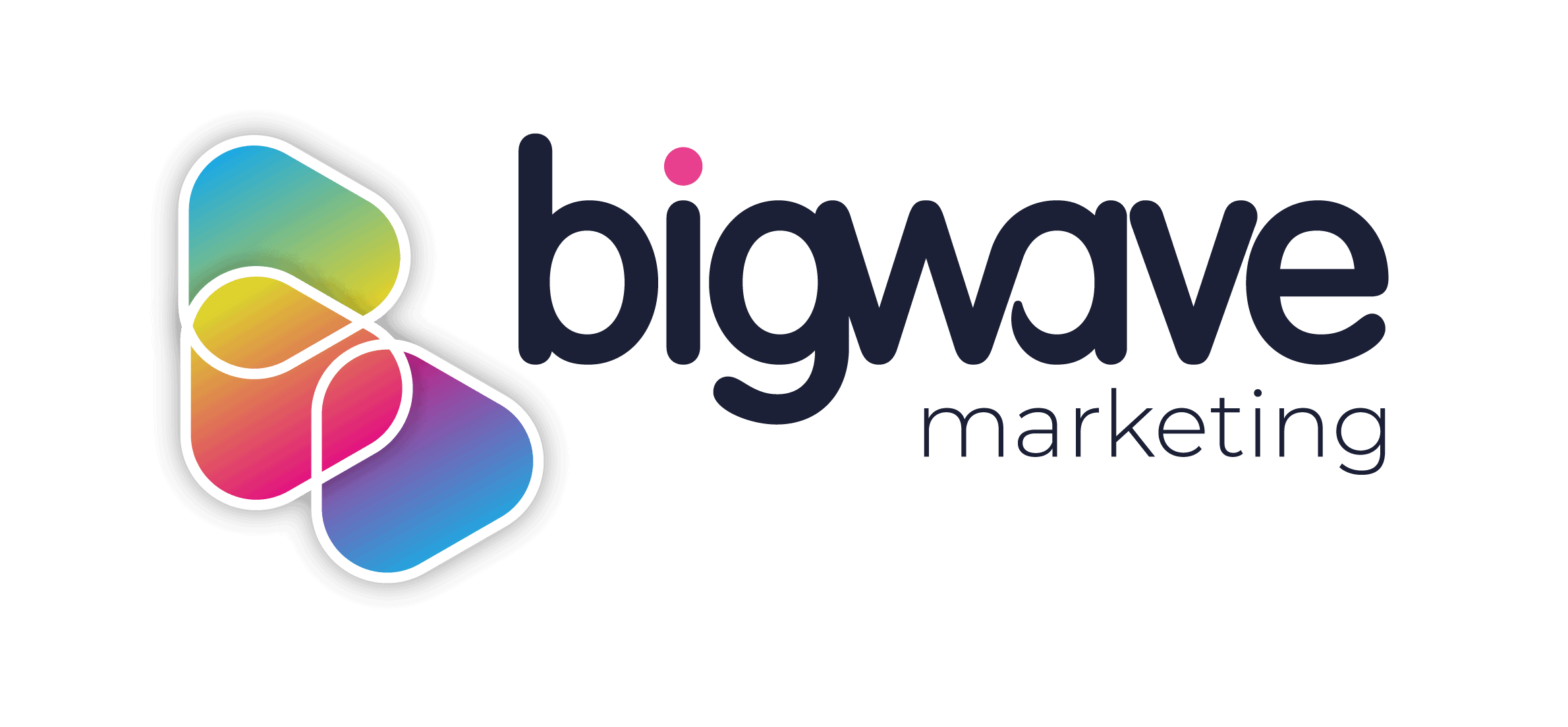Print marketing is still highly valued, with materials acting as tangible objects that your customers can keep forever. Creating eye-catching and abstract designs is all well and good, but if you’re looking to print your designs, there are some things you need to know.
So, we’ve put together our top secrets to creating high-quality prints for marketing that’ll make your creations pop!
1. Use High-Resolution Images
The rule of thumb is to use images that are 300dpi (dots per inch). Bear in mind that most online images are only 72dpi, which won’t print well. When it comes to print marketing, it’s always better to be safe than sorry, so use high-resolution images whenever possible!
2. Print on Thick Stock
One way to make your print marketing materials look high-quality is to print them on thicker stock. This could be anything from 100lb cardstock up to 24pt paper. The heavier the paper the higher the quality in terms of look and feel.
3. Use a Speciality Printing Process
If you want your print marketing materials to stand out, consider using a speciality printing process. There are several options available, from foil stamping to raised print. These processes add an extra level of dimensionality and will make your materials stand out.
4. Keep it Simple
When it comes to print marketing, less is more. Create clean designs and use simple colours to create a look that’s sophisticated and attractive. Too much clutter will end up looking messy, so keep it clean and easy to read and understand.
5. Embed Unique Fonts
If you’re using a custom or unique font in your design, be sure to embed it before sending your file off to print. This will ensure that the computer printing your marketing materials doesn’t register your font as an image, preventing your brand’s font from being converted into a standard font such as Arial.
6. Create Bleed Lines
When you print your materials, it’s important to account for bleed lines. Bleed lines are the extra margin of space added to each side of the print area. This allows for slight inaccuracies in the printing process without ruining your final product, so make sure to add bleed lines to all of your print marketing materials!
7. Check Your Colour Modes
If you’re going to print your poster, it’s important to understand the difference between RGB and CMYK colours. RGB colours are used for digital displays and look different when printed in CMYK. To avoid any printing issues, make sure you convert your design to CMYK before sending it to print.
8. Understand File Formatting
There are all sorts of print file formats, from PDFs to JPGs. But not all file types are created equal – some are better for print than others. When you’re printing your marketing materials, it’s important to use the right file type to avoid any print issues. The best file formats for printing marketing materials are PDFs and EPSs.
9. Always Test Print
Before you print your marketing materials in bulk, it’s always a good idea to test print first. This will allow you to catch any potential print issues before they become a big problem. Simply print out a few copies of your design on your home or work printer and take a look at the final product. This is an easy and effective way to troubleshoot any print problems as well as spot mistakes in your content or design.
10. Get a Second Opinion
Following on from carrying out test prints, it’s also getting a second opinion on your print marketing. It can be difficult to spot mistakes when you’ve been working on and looking at your materials 24/7, so a fresh pair of eyes will help you uncover any inconsistencies.
–
For more information and print marketing, check out our Ultimate Guide to Print Marketing, or find out more about the history of print media. Alternatively, contact us about our print design service.

